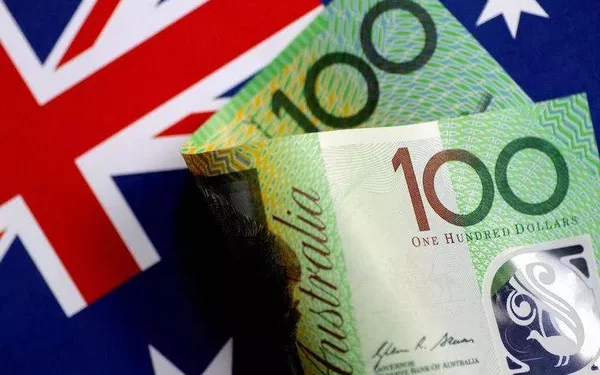The Australian Dollar struggled to gain traction on Tuesday after the RBA left its cash rate at 4.10% as widely anticipated by the interest rate market and economists.
The Aussie had been battling going into the decision on slight risk aversion sentiment with equity markets seeing a soft day.
The ASX S&P 200 slid slightly lower from the open but steadied in the afternoon session and was little changed after the RBAs announcement.
The accompanying statement on the monetary policy decision by Governor Philip Lowe cited notable risks around services inflation, the uncertainty around the laggard effects of tighter policy, household consumption and the economic outlook for China given the problems in its property sector.
The statement noted, “Some further tightening of monetary policy may be required to ensure that inflation returns to target in a reasonable timeframe, but that will continue to depend upon the data and the evolving assessment of risks.”
This was Mr Lowe’s last decision as Governor, and he will hand over the reins in a fortnight to Michele Bullock.
Ms Bullock has been the Deputy Governor of the bank since April 2022 and has been with the institution since 1985. She has a reputation as a leading economist in her own right.
The appointment is mostly viewed as a steady transfer of leadership at a critical time for monetary policy at the RBA and her recent remarks point toward a similar approach to that of her predecessors.
Going into today’s monetary policy decision, AUD/USD had been slipping lower as the US Dollar strengthened across the board, despite a holiday there overnight.
Perhaps undermining the Aussie, headline current account figures missed estimates earlier today. However, on closer inspection, the statistics could be seen as neutral, given the upward revisions to the prior reading.
In addition, net exports as a percentage of GDP were robust through the second quarter. This points towards another stellar trade surplus that will be released on Thursday.

























